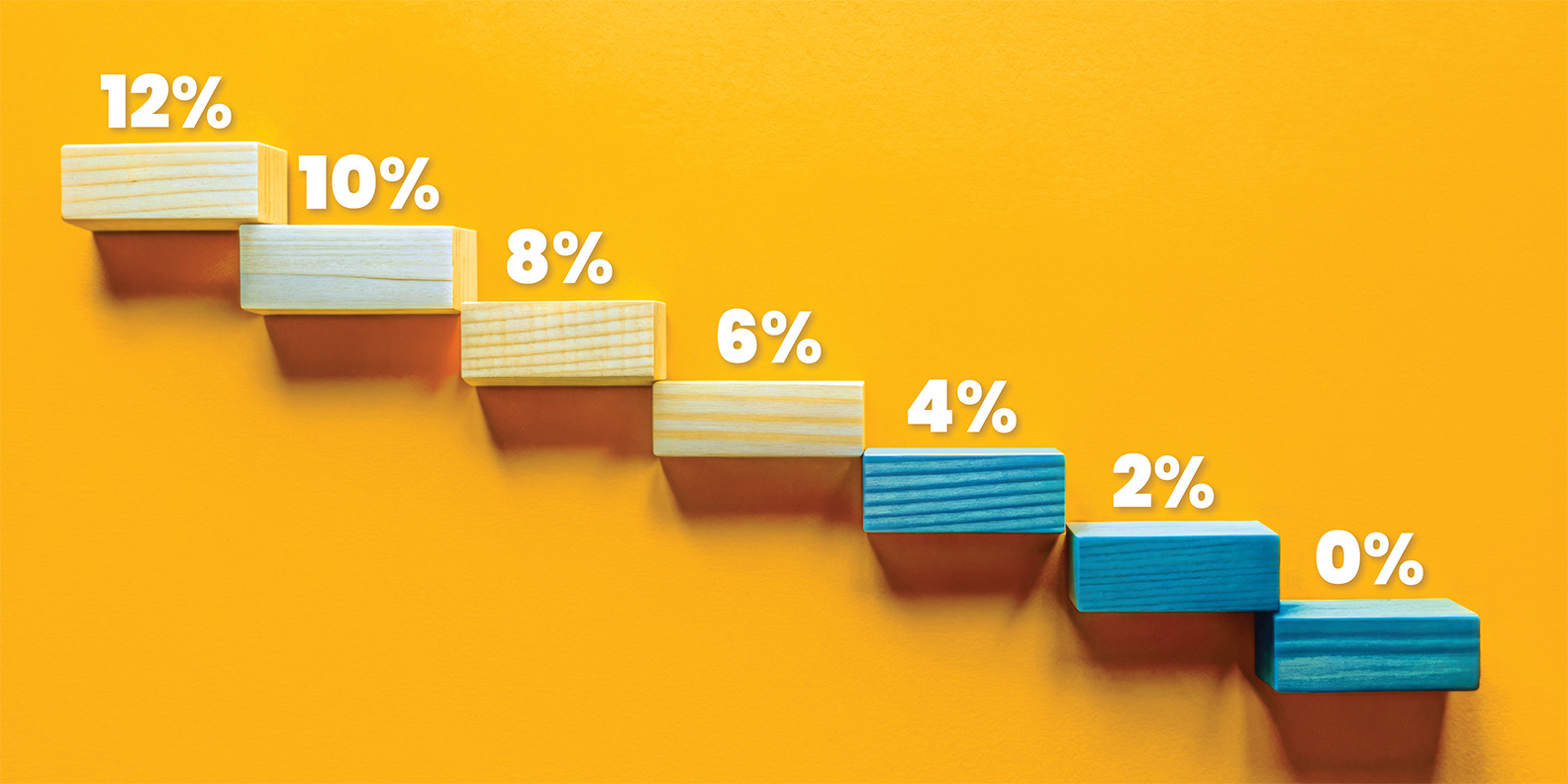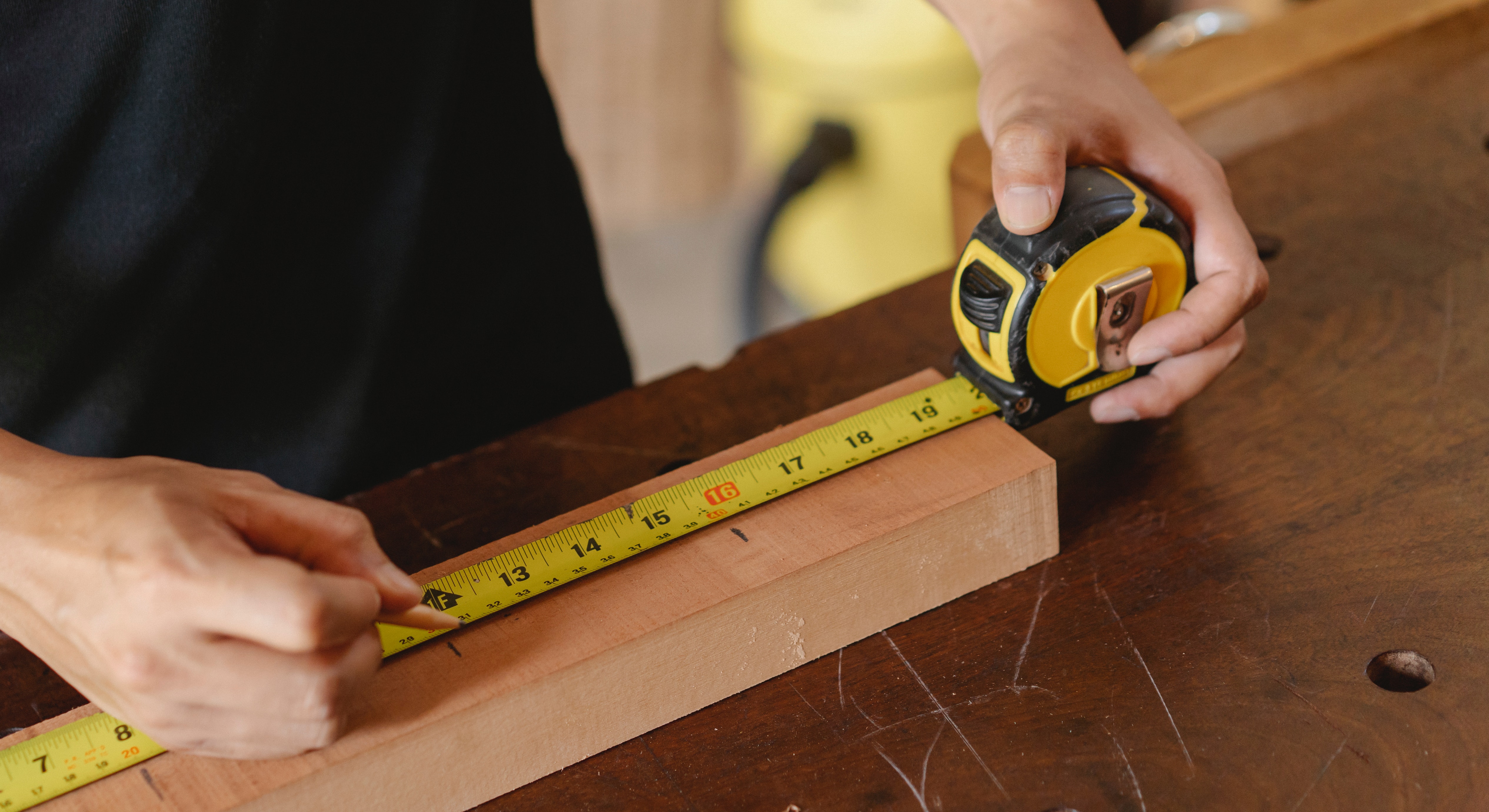Share this
by Matt Waters, CPA on May 26, 2020
As companies manage their lease portfolios, they often need to update their discount rates to perform accounting calculations for new leases and for existing leases that have been changed. This can be a time-consuming task for companies that have many leases. But with lease accounting software, it can be done quickly and efficiently.
A discount rate is used to calculate the balance of the lease liability, which is the discounted amount of the lessee’s financial obligation to make lease payments, otherwise known as the net present value. The lease liability must be recorded on the balance sheet. When it can be determined, ASC 842 requires lessees to use the discount rate implicit in the lease. But lessors rarely share the information needed to determine that. When the rate implicit in the lease is indeterminable – and it most often is – ASC 842 says lessees need to use the incremental borrowing rate (IBR) as the discount rate.
What is the IBR?
ASC 842 defines the incremental borrowing rate as “the rate of interest that a lessee would have to pay to borrow on a collateralized basis over a similar term an amount equal to the lease payments in a similar economic environment.” Lessees can obtain the IBR in a variety of ways, including from their bank, a valuation service, or their treasury department. To see one method of obtaining the IBR that has been used by several companies, read “A practical approach to the IBR for lease accounting.”
Using the IBR in Calculations
When companies begin a new lease or makes changes to an existing one, they typically need to obtain a new IBR. Changes to the lease that might require a new IBR include amendments, renewals, expansions, and lease concessions.
Companies with multiple locations often end up adding new leases or making changes to existing ones, requiring new IBRs. Collecting a new IBR every time a lease is added or changed can be a tedious and time-consuming process.
Automating the IBR
If many leases are changed and require a new IBR, accounting teams could spend hours inputting the new IBRs manually into a software program. This is risky as the more manual work is performed, the higher the margin for errors. One typo could become a material error on the balance sheet.
Errors can be avoided through automation within lease accounting software. All accounting teams need to do is periodically collect IBRs suitable for their company and categorize them into separate groups based on characteristics, such as length of lease term, location by country, type of currency, and type of asset like real estate or equipment. IBRs generally need to be updated monthly or quarterly, depending upon company policy, and uploaded into the software. That way, when there are new leases or changes to existing ones, the accounting software automatically inputs the correct IBR without any human intervention. Below is a simple example of an IBR chart for a company that leases assets in the U.S. and Canada with lease terms in five-year increments.
| USA | Canada | |||
|---|---|---|---|---|
| Term in Years | IBR-Equipment | IBR-Real Estate | IBR-Equipment | IBR-Real Estate |
| 5 | 4.50% | 4.30% | 4.52% | 4.32% |
| 10 | 4.40% | 4.20% | 4.42% | 4.22% |
| 15 | 4.30% | 4.10% | 4.32% | 4.12% |
| 20 | 4.20% | 4.00% | 4.22% | 4.02% |
| 25 | 4.10% | 3.90% | 4.12% | 3.92% |
| 30 | 4.00% | 3.80% | 4.02% | 3.82% |
| 35 | 3.90% | 3.70% | 3.92% | 3.72% |
| 40 | 3.80% | 3.60% | 3.82% | 3.62% |
| 45 | 3.70% | 3.50% | 3.72% | 3.52% |
| 50 | 3.60% | 3.40% | 3.62% | 3.42% |
Share this
- Lease Accounting Software (89)
- ASC 842 (83)
- Accounting Teams (52)
- Lease Administration Software (26)
- Retail Tenants (16)
- Commercial Real Estate (14)
- Lease Management (12)
- Real Estate Teams (9)
- ESG (8)
- Market Data and Analytics (8)
- Success Stories (7)
- News and Media Coverage (5)
- Transaction Management Software (2)
- frs 102 (2)
- Customer Success (1)
- Office Tenants (1)
- June 2025 (4)
- May 2025 (2)
- April 2025 (2)
- March 2025 (6)
- February 2025 (3)
- January 2025 (4)
- December 2024 (1)
- October 2024 (4)
- September 2024 (2)
- August 2024 (5)
- July 2024 (3)
- June 2024 (3)
- May 2024 (4)
- April 2024 (1)
- February 2024 (1)
- December 2023 (4)
- November 2023 (6)
- October 2023 (4)
- September 2023 (2)
- August 2023 (2)
- July 2023 (3)
- May 2023 (2)
- March 2023 (1)
- February 2023 (3)
- January 2023 (1)
- December 2022 (3)
- November 2022 (4)
- October 2022 (4)
- September 2022 (1)
- August 2022 (4)
- June 2022 (1)
- May 2022 (4)
- April 2022 (8)
- March 2022 (3)
- February 2022 (1)
- January 2022 (2)
- November 2021 (2)
- October 2021 (2)
- September 2021 (3)
- August 2021 (15)
- July 2021 (3)
- June 2021 (1)
- May 2021 (1)
- April 2021 (3)
- March 2021 (1)
- January 2021 (1)
- December 2020 (3)
- November 2020 (1)
- October 2020 (2)
- September 2020 (2)
- August 2020 (3)
- July 2020 (2)
- June 2020 (3)
- May 2020 (1)
- April 2020 (1)
- March 2020 (1)
- February 2020 (1)
- December 2019 (1)
- October 2019 (1)
- September 2019 (2)
- August 2019 (3)
- July 2019 (2)
- April 2019 (69)
- October 2018 (1)
- August 2018 (1)
- July 2018 (1)
- June 2018 (1)
- May 2018 (1)
- April 2018 (2)
- March 2018 (3)
- February 2018 (2)
- December 2017 (1)
- August 2017 (3)
- June 2017 (2)
- May 2017 (2)
- April 2017 (1)
- March 2017 (2)
- January 2017 (2)
- November 2016 (2)
- July 2016 (1)
- June 2016 (1)
- July 2015 (1)
- March 2015 (1)
- June 2014 (1)
- April 2014 (11)
- October 2011 (1)
You May Also Like
These Related Stories

What is an ASC 842 Lease Accounting Discount Rate?

Approaching Incremental Borrowing Rate with ASC 842 Software



